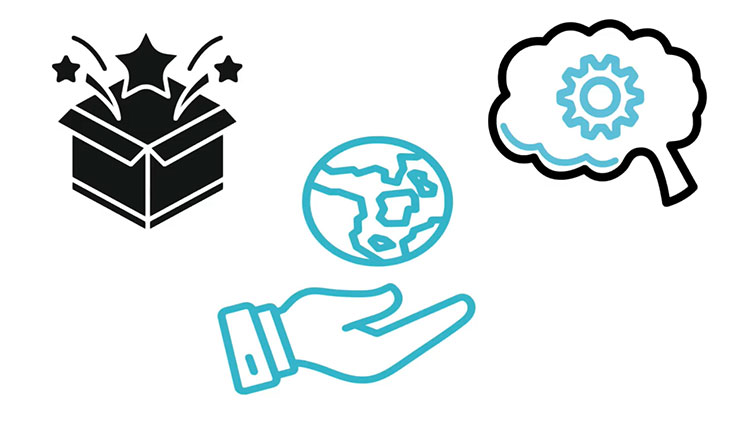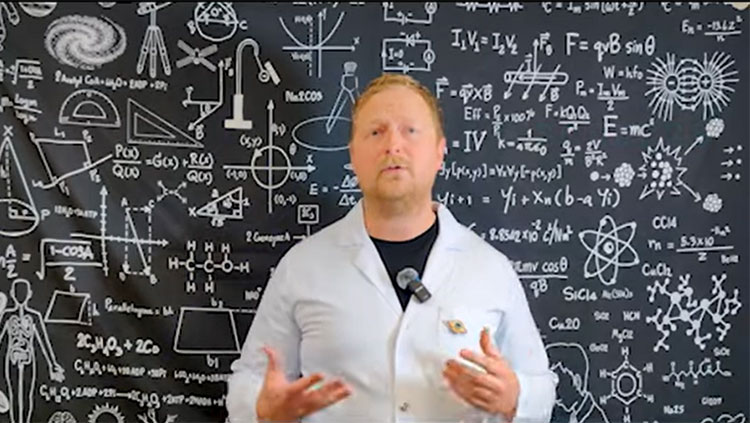Decisions Decisions
- Published10 Jun 2014
- Reviewed2 Jan 2015
- Source BrainFacts/SfN
You make hundreds of decisions every day, and, while you may feel in control, you are often influenced by things that you can’t even see. The decision-making experiments featured in this video show just how susceptible we are to subliminal cues in our environment. Nura Sidarus, a doctoral candidate at University College London, Patrick Haggard, Matilda Hay, and Roly Witherow created the video for the 2014 Brain Awareness Video Contest.
CONTENT PROVIDED BY
BrainFacts/SfN
Transcript
Everyday we make hundreds of decisions. We think we’re in control of what we do, but are we? Ok it doesn’t matter if you choose left, or right, so how do you decide?
The research we do here shows that our decisions and our actions are influenced by things that we don’t even see. We asked our participants to follow a simple instruction, press left or press right, and then rate how much control they felt over the outcome of that action. During the experiment we used these electrodes on the scalp to measure the tiny electrical potentials generated by the brain.
But we also showed an unseen cue, which we call a prime, just before the instruction to press left or press right appeared.
Did you see that? Watch again.
Sometimes the prime is helpful, so your brain is prepared for the correct action. But sometimes the prime is misleading, so it was harder to press the correct key because the prime made your brain start to prepare the incorrect action. Sometimes the prime can even cause you to make a complete mistake.
But here’s a paradox, our participants said that they felt more in control of what they were doing when the subliminal message from the prime helped them to respond correctly. So it seems that we feel more in control when we’re actually being told what to do by a message that we don’t even see.
Where’s the free will in that? And am I really ever in control of my own actions?
Also In Thinking & Awareness
Trending
Popular articles on BrainFacts.org

















